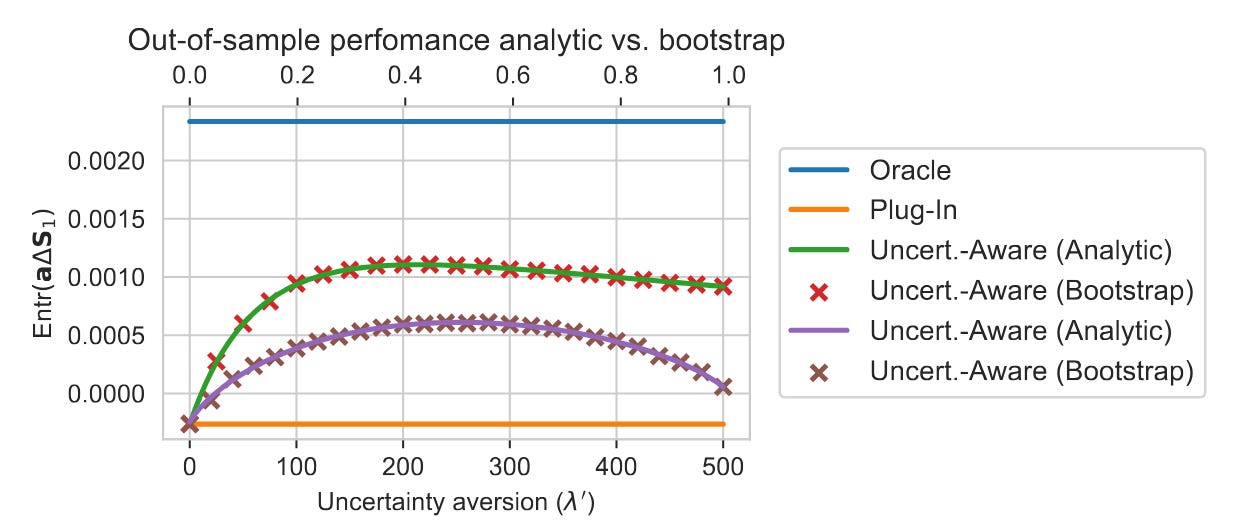Quant Letter: June 2025, Week-2
Weekly (95th Edition)
SSRN
Recently Published
Quantitative
Financial Optimization Strategies: The paper suggests a new approach to handle model uncertainty in quantitative finance, proposing an ad hoc subsampling strategy when a natural model distribution is absent. (2025-06-08, shares: 2.0)
Deep IV Factor Models: The Deep Implied Volatility Factor Model, combining neural networ…
Keep reading with a 7-day free trial
Subscribe to Machine Learning & Quant Finance to keep reading this post and get 7 days of free access to the full post archives.


